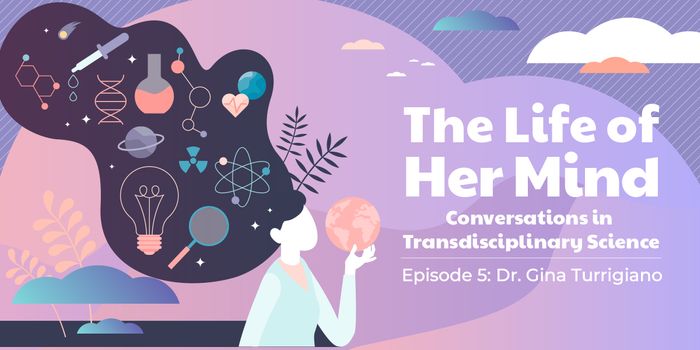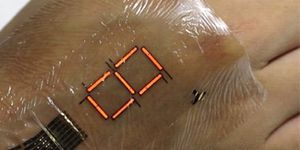White Blood Cell Types and Functions
While red blood cells were first observed under a microscope in 1658, it was until the 1800s that white blood cells were discovered. Since then, both red and white blood cells have been of interest to researchers in the medical industry. Humans need enough white blood cells. A low count can be an indicator of diseases. It can be caused by medicine use; one of the side effects of Elmiron for example, is low levels of WBC. This side effect even led to Elmiron lawsuits in 2021.
White blood cells (leukocytes) are immune system cells that protect the body against diseases and foreign invaders. While they vary in size, they are generally the largest cell type found in the blood. White blood cells reside throughout the body, including in the lymphatic system and in the blood. They make up less than 1 percent of total blood volume. The lifespan of a white blood cell varies from 18 hours to many years.
You might be interested in reading about Meticore or weight loss with java burn coffee
All white blood cells have nuclei, which makes them different from other blood cells. The five main types of blood cells are basophils, neutrophils, eosinophils, monocytes, and lymphocytes.
Basophils are the cells mainly responsible for allergic reactions. They defend against parasites and bacteria by excreting two chemicals: heparin and histamine. Heparin is a blood-thinning substance. Histamine widens blood vessels and increases blood flow to infected tissues. Basophils are not antigen specific. This means they don't have to determine the identity of the invading substance before taking action against it.
Neutrophils mainly target bacteria and fungus. They are the most abundant type of white blood cell in most mammals. They usually respond and multiply quickly. Neutrophils are formed from stem cells in bone marrow.
Eosinophils target larger parasites, such as worms, and modulate allergic inflammatory responses. For most individuals, eosinophils make up about 1 to 6 percent of all white blood cells.
Monocytes are the largest type of white cell. There are at least three types of monocytes in human blood and they differentiate into macrophages, dendritic cells, and foam cells. Monocytes are produced by bone marrow and circulate in the bloodstream for about one to three days prior to moving into tissues throughout the body. They make up about 3 to 8 percent of white cells.
Lymphocytes work the front lines to identify and destroy foreign invaders. They are the main type of cell found in lymph, the fluid that circulates through the lymphatic system. There are three primary types of lymphocytes: B cells, T cells, and natural killer cells. B cells make up 10 percent of the lymphocytes. They circulate in the front lines of our blood and work to identify foreign invaders. T cells make up 75 percent of lymphocytes. They mature in the thiamin, which is a part of the lymph system, and then migrate to the point of invasion. T cells surround, bind, and help kill foreign invaders. Natural killer cells function to defend against tumors and viruses.
Source: dallasobserver.com, clevescene.com








